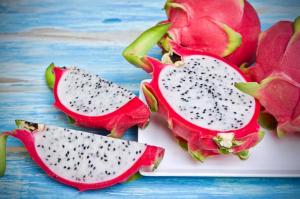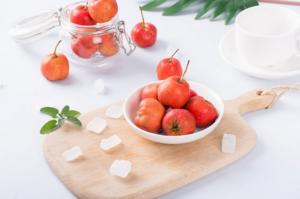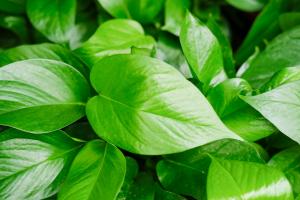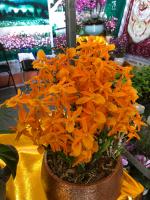Introduction
Tomato plants are a popular choice for home gardeners and commercial farmers due to their tasty and nutritious fruit. However, tomato plants are also vulnerable to several plant diseases, including the leaf curl disease. This disease can significantly reduce tomato yield and quality, making it an essential concern for growers. In this article, we will discuss the causes of tomato plant leaf curl and the ways to prevent and manage it.
Causes of Tomato Plant Leaf Curl
The leaf curl disease is caused by several factors that affect the growth and development of tomato plants. Some of the primary causes include:
1. Infections by viruses
Tomato plants can contract viruses such as the Tomato yellow leaf curl virus and the Tomato mottle virus, among others. These viruses can cause curling, distortion, and yellowing of tomato plant leaves, leading to reduced yields and quality.
2. Pests infestations
Pests such as whiteflies and aphids can attack tomato plants, feeding on their sap and transmitting viruses. These pests can also cause injury on the tomato plant leaves, leading to curling and other abnormal growth symptoms.
3. Environmental stress
Tomato plants are sensitive to changes in growing conditions such as temperature, humidity, and light. Exposure to high temperatures, low humidity, and inadequate sunlight can stress tomato plants, causing leaf curling, wilting, and other growth abnormalities.
4. Nutrient deficiencies
Tomato plants require sufficient nutrients, including nitrogen, potassium, and phosphorus, among others, to grow healthy and produce high-quality fruits. Inadequate nutrients can lead to stunted growth, yellowing, and curling of the tomato plant leaves.
Prevention and Management of Tomato Plant Leaf Curl
To prevent and manage tomato plant leaf curl, growers can adopt the following techniques:
1. Plant resistant tomato varieties
Some tomato varieties are resistant to viruses and pests that cause leaf curl disease. Growers can choose these varieties to reduce the incidence of the disease.
2. Control pests and diseases
Growers can use pesticides and biological control agents, such as ladybugs and predatory mites, to control pests infestations. They can also follow good cultural practices, such as crop rotation, sanitation, and plant spacing, to reduce the incidence of leaf curl disease caused by viruses.
3. Manage growing conditions
Growers can manage growing conditions, such as temperature, humidity, and light, by providing proper ventilation, shading, and irrigation. They can also mulch tomato plants to conserve moisture and regulate soil temperature.
4. Provide sufficient nutrients
Growers can provide sufficient nutrients to tomato plants by conducting soil tests to determine nutrient deficiencies and applying appropriate fertilizers. They can also use organic fertilizers such as compost and manure to improve soil fertility and promote healthy growth.
Conclusion
Tomato plant leaf curl disease can be detrimental to tomato yields and quality. However, growers can prevent and manage the disease by adopting appropriate measures such as planting resistant tomato varieties, controlling pests and diseases, managing growing conditions, and providing sufficient nutrients. By doing so, they can produce healthy and nutritious tomatoes while reducing losses due to leaf curl disease.

 how many times do yo...
how many times do yo... how many planted tre...
how many planted tre... how many pine trees ...
how many pine trees ... how many pecan trees...
how many pecan trees... how many plants comp...
how many plants comp... how many plants can ...
how many plants can ... how many plants and ...
how many plants and ... how many pepper plan...
how many pepper plan...

































